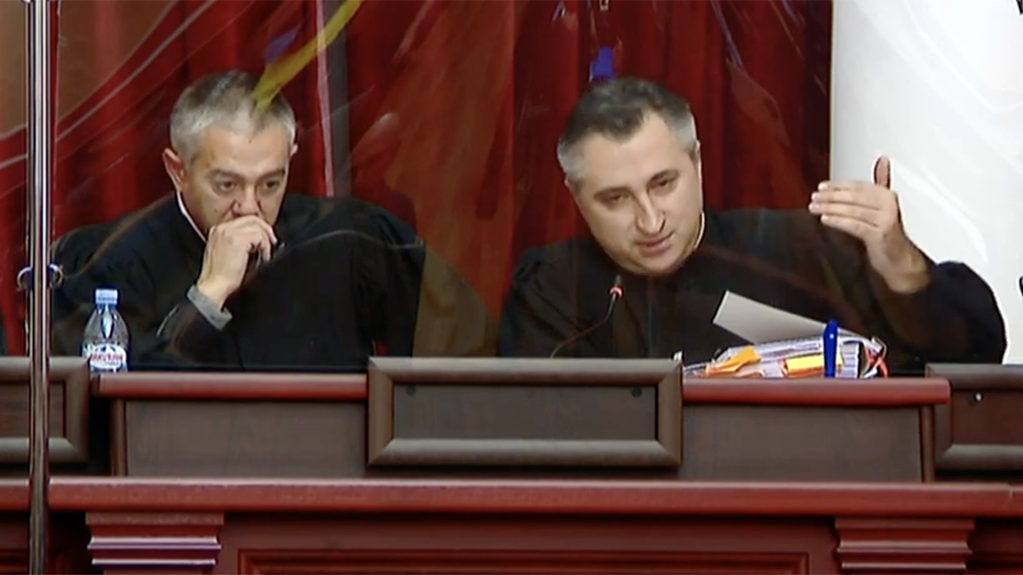The Tbilisi Court of Appeals, which is reviewing the complaint regarding voter confidentiality based on a petition from the Central Election Commission, declined to include the experiment conducted in the Tetritskaro court as evidence in the case. Instead, the court re-ran the experiment to determine if the voter’s choice was indeed visible when the ballot was inserted into the counting machine.
News
Trending stories
- 1 BBC investigation: WWI–Era Chemical Weapons Used to Disperse Tbilisi Protests
- 2 Starting in 2026, First-Year Students at Private Universities Will No Longer Receive State Grants
- 3 NGOs Demand Answers on Which Chemical Substances MIA Used Against Protesters
- 4 Kobakhidze and Putin Attend International Forum on Neutrality in Turkmenistan
- 5 Zurabishvili Appeals to International Organisations to Investigate Possible Use of “Camite”
- 6 The Strasbourg Court Has Begun the Substantive Hearing of Gela Mtivlishvili's Case
As per information of Georgian Young Lawyers Association, the experiment was conducted by specialists from the Central Election Commission (CEC).
“For this purpose, they brought only the vote-counting device without the bottom box it should be mounted on. They placed the vote counter on the table, and the court assigned a CEC employee, who used to be an instructor at informational and educational meetings, to conduct the experiment.
I could clearly see the marking on the first attempt. After that, the judges decided to come down and observe the experiment for themselves. This time, the CEC employee pushed the envelope all the way in, making it impossible to see the choice. However, in the CEC’s informational video, there was no such instruction for voters, and voters wouldn’t have pushed the envelope in fully on the first try,” wrote Giorgi Abuladze, a lawyer for SAIA, on Facebook.
According to Abuladze, after this, the judge was asked to place the ballot into the machine himself, and the experiment was conducted by the session chairman, Davit Akhalbedashvili.
“This time, we could indeed see the choice. The judges also saw it themselves.
The experiment was conducted by the chairman of the session. However, it is noteworthy that before participating, the chairman consulted with [Dimitri] Gvritishvili on whether to proceed. Generally, it is Gvritishvili who leads the session instead of the chairman.
After we pointed out to the judge that the marking was visible, session chairman Davit Akhalbedashvili remarked, ‘What’s the point, what’s the point?’
Finally, when it was acknowledged that the judges also saw the marking on the back of the ballot, Gvritishvili dismissed the observation, stating that the experiment finished when the CEC employee placed the ballot. Thus, what we saw after doesn’t matter,” Abuladze wrote.
The Central Election Commission, represented by its Head of Legal, Giorgi Santuriani, in the Court of Appeal, is seeking to annul the November 4 decision of Tetritskaro District Court Judge Vladimer Khuchua. Judge Khuchua, unlike all other district courts, made a precedent-setting decision, confirming a violation of voter secrecy and invalidating the (electronic) results from 30 precincts in Tetritskaro and Tsalka. The judge had requested a counting machine, a ballot, a marker, and a framed envelope for the hearing. A technical inspection was conducted during the session, where it was determined that the choice was visible when ballots were placed in the machine.















